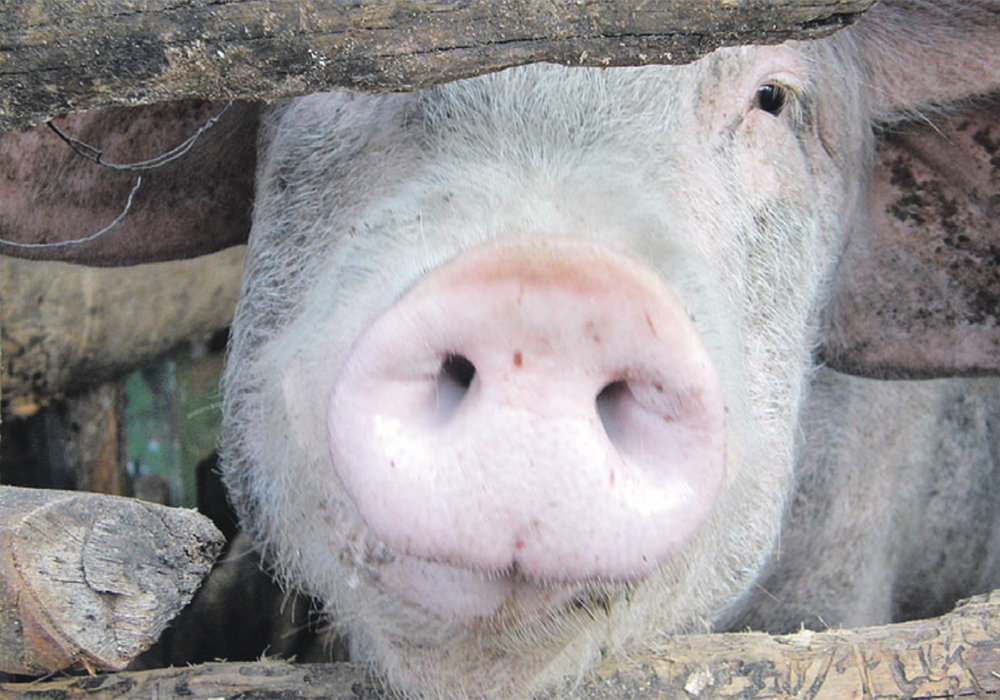African swine fever saw the replacement of backyard producers with large hog operations, which produce their own feed
A hog disease that was once considered a major threat has turned into a boon for the feedgrain industry.
China’s grain-based feed demand is soaring in the wake of African swine fever, a disease epidemic that wiped out millions of pigs in the country in 2018-19.
Feed use reached 293 million tonnes in 2021, based on data released by the country’s feed industry association, according to the Dim Sums blog.
That is up a whopping 40.7 million tonnes from the previous year. It is the largest single-year increase since the association started tracking feed use in the 1980s.
The previous record was a 23.9 million tonne jump in 2020, so the last two years have been stellar.
To put that in perspective, the largest-ever decrease was 8.8 million tonnes in 2019, the worst year of the ASF crisis, according to Dim Sums.
The upshot is that whatever feed demand was lost during the crisis pales in comparison to the post-ASF gains.
Swine feed accounted for all of the 40.7 million tonne increase in feed production in 2021 but it wasn’t entirely due to the rebound in pork production.
Feed produced for swine increased 41.5 million tonnes, while production of pork rose 11.8 million tonnes.
“The boom in feed output corresponds to the aggressive expansion of large hog-producing companies, all of whom own large feed mills,” stated the Dim Sums blog.
“They are probably replacing backyard farms that fed pigs cheap, low-value fodder and restaurant waste or milled their own feed.”
Rich Nelson, chief strategist with Allendale Inc., said that is exactly what is happening and it is having a profound effect on grain-based feed demand.
“It’s certainly true that ASF did wake them up,” he said.
“They had to make clear structural changes to the industry.”
As a result, he believes feed demand will remain at 2021 levels for the next couple of years despite an anticipated drop in pork production.
The bigger question in the feedgrain market is what will China’s domestic production be in 2022-23, he said.

James Garriss, an analyst with Browning Media, said the world is still in the grips of a La Nina weather event and that typically means good crop growing conditions for China.
“They may make up for any and all lost productivity that they’ve had in recent seasons,” he said in a recent article he wrote for Feed and Grain.
Nelson said China’s policy of increasing soybean and other oilseed output in 2022 through improved subsidies and intercropping incentives was ill-conceived.
He believes the focus should be on feedgrains due to the huge increases in demand for those commodities.
“Their domestic price for wheat, especially, is just completely out of whack right now,” he said.
Wheat is selling at a premium to corn in China. The market is telling Chinese farmers to grow more wheat but the government is telling them to plant more soybeans.
And that was before the conflict in Ukraine, which could take away an important supplier of wheat and corn to China, driving up feedgrain prices even further.
















